
This Summer’s Best from Italy
Jul 06, 2017

The best Italian wines mimic the soils they sprout from.
Winemakers, like it or not, often play a supporting role to the real stars, highly talented but regionally centric patches of dirt or as they say in the tasting rooms, “terroir.”
One look at a map of Italy’s 20 regions tells this story. Like its wines, Italy is a land of extremes. Progressively elevated alpine lands define cooler northern regions while in the south it’s all about heat and sunlight. Volcanoes puncture both landscapes erratically and, as with the glaciers that produced them, distinctive Teutonic footprints are the result. Evidence of this abounds throughout Italy. Hills of all sizes and shapes run in every direction creating the impression of a rumpled picnic blanket. Some like those in Langhe or Tuscany are acclaimed. Then there are the islands, big and small, and the two contrasting seas that cloak three sides of Italy’s vast coastline.
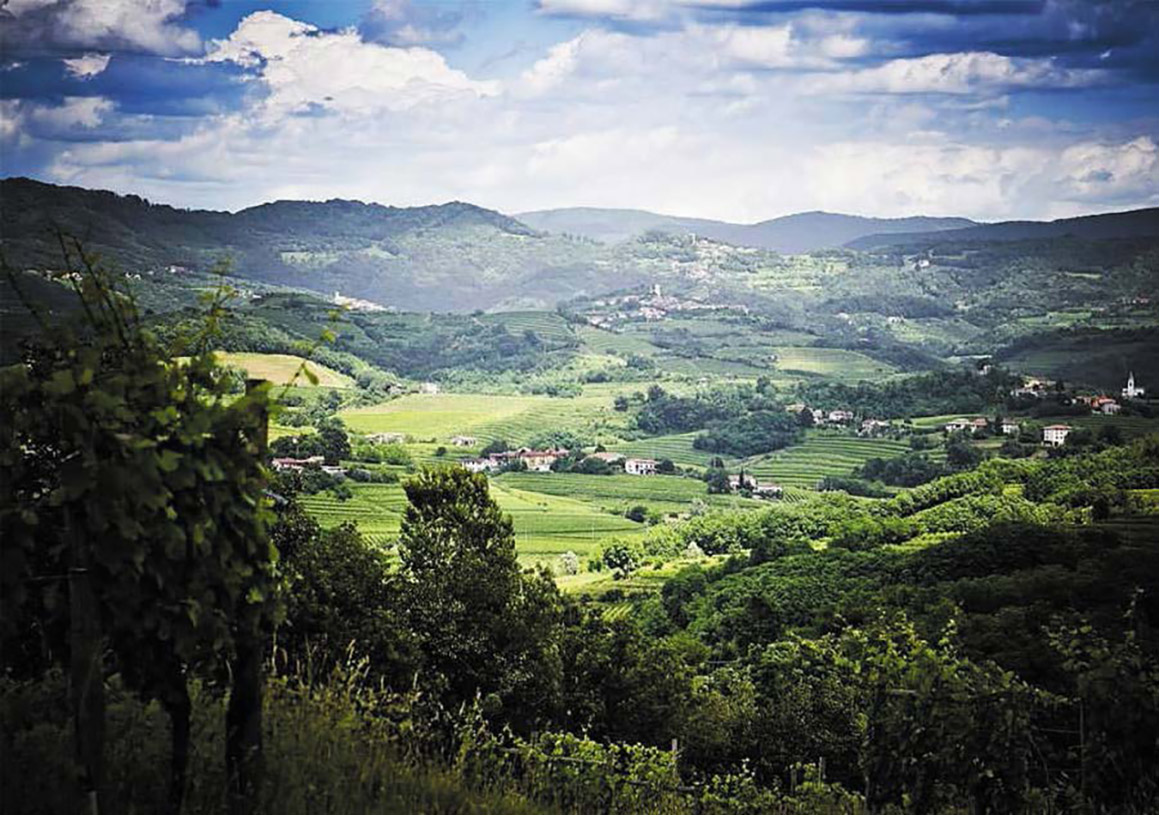
Not too long ago all of it was under water.
The ocean receded after a time but not without leaving behind carpets of strategically deposited sea cattle whose weathered remnants survive as today’s “terroir.” In celebrated Collio to the northeast they call these powdery shell-infused soils “ponca” and credit them for the incisive mineral character of the local wines. The whites produced from grapes grown in ponca soils by Venica and Venica capture this like no other producer.
Venica and Venica – The 2016s Have Arrived!
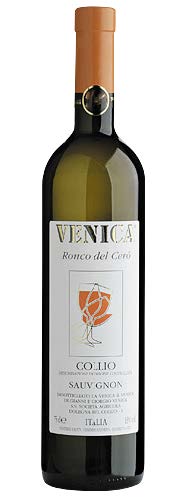
RONCO DEL CERO
Typical fruity and floral aromas. Among the fruity aromas elixir of gooseberries, passion fruit, and white grapefruit, all wrapped in harmony with honeysuckle, jasmine and fresh spicy aromas of boxwood, sage, anisette, sambuca.

JESERA PINOT GRIGIO
The natural copper-colored extracted with maceration is the signature of this wine and its richness. Reminiscent of pear Williams, banana, and Acacia flowers wrapped in a slight scent of fresh apricot. Intriguing taste with pleasant flavors of pear syrup and quince peels. Good acid/alcohol balance with a long fruity finish.

Giampaolo Venica notes his wines do two very good things.
They drink exceptionally well as young wines and they hold remarkably in the cellar. The 2016s have freshly arrived and are ready to prove both points. From Venica’s artful skin-contact style of Pinot Grigio (just a hint of orange) to their unique single vineyards and vineyard blends, like Ronco del Cero, both clarity of expression and a heightened sense of fruit purity stands out. Venica’s wines are produced thoughtfully but it’s the dirt that sings and in this case it’s a chorus of angels.
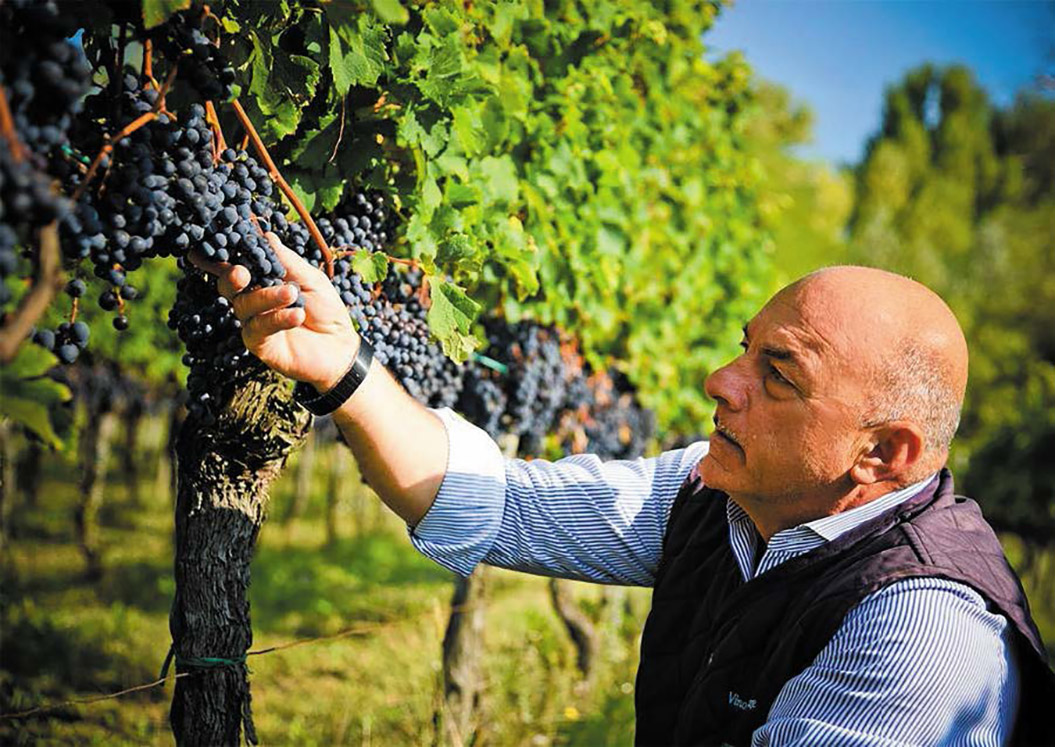
Abbazia di Novacella – The 2016s are here!
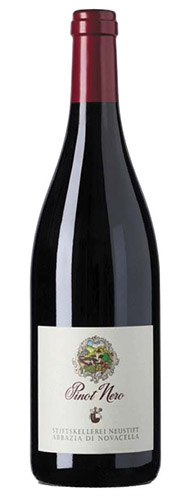
ALTO ADIGE PINOT NERO
A stylish and elegant Pinot Noir rather than full-bodied and muscular. Brilliant medium ruby with a fresh, fruity nose, aromatic, supple and luscious with hints of red currants and damsons, velvety tannins and a discreet whiff of oak spice.

ALTO ADIGE VALLE ISARCO PINOT GRIGIO
Pale straw yellow in colour with an attractive aroma of citrus fruits, peach and honeydew melon; medium rich, fruity and direct on the palate with orchard fruit flavours and tangy acidity on the finish.
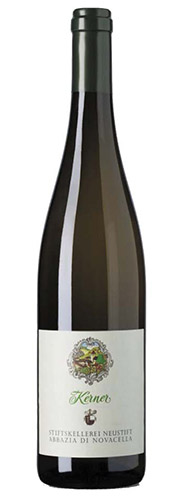
ALTO ADIGE VALLE ISARCO KERNER
An aromatic white wine, which has become a speciality of the Eisack Valley: pale straw yellow with green reflexes, apple and peach fruit on the nose with a hint of mango, ripe and full on the palate, its opulence cut by crisp acidity.
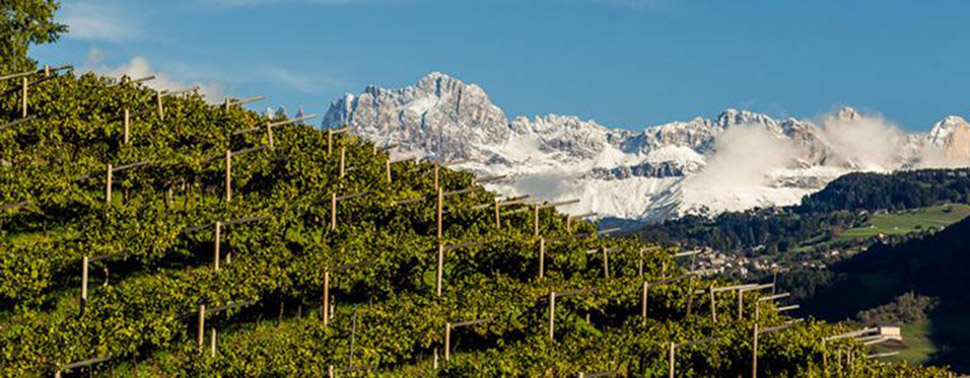
Angels sing in Alto Adige to the northwest as well…
but here their voices resonate in the fields and chapels of a genuine Abbey, in business for over 800 years. Abbazia di Novacella is a religious community high in the Italian Pre-Alps. In practice it’s a true biodiversity, blending fields of grains and vegetables with vineyards and pastures full of livestock. Solace for the spirit and sustenance for the stomach go hand in hand at Abbazia di Novacella. Somehow both are achieved at a heavenly level in the Abbey’s incisive wines.
While many favor Abbazia’s amiable Kerner, a relatively new varietal developed in the lab from two well-adapted native grapes, one white and one red (Riesling and Schiava, aka Trollinger) others have discovered the seductive charm of Abbazia’s richly endowed Pinot Grigio. Both wines are emphatic examples of an emerging style of alpine white wine distinguished by amplified aromatics and palate weight with crisp cut.

Alto Adige’s morainal terroir,
a choppy blend of glacial debris and local top soils defines the region’s typically assertive style of wine, often characterized as stony, minerally or even flinty. Surprising to some, these features also highlight local reds like Pinot Nero, lending credence to the growing consensus that Alto Adige has become a world class Pinot Noir producing area. Here in California, fresh goods have arrived from Abazzia di Novacella just in time for our customers to enjoy an Alpine August.
That would be a treat in Tuscany where summers are dominated by soaring temperatures often requiring vineyards to root in more secure, elevated locations to survive. This is how it is at Felsina in Berardenga, Tuscany’s dry south where high temperatures have more in common with neighboring Brunello than the rest of Chianti Classico.

Felsina – Who Needs Brunello when Chianti Tastes this Good?
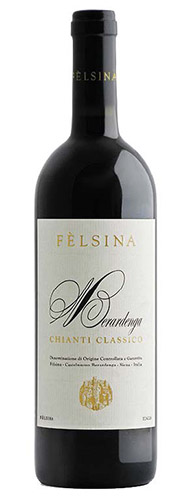
FELSINA CHIANTI CLASSICO 2014
90pts Vinous
“A fresh and linear Chianti Classico with lemon rind, cherry, and cedar aromas and flavors. Medium body and a lively finish. Shows tension and style.”
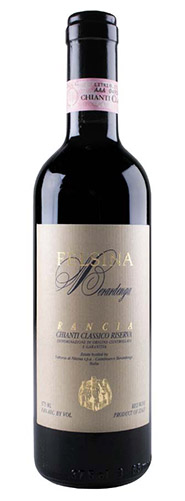
FELSINA CHIANTI CLASSICO RISERVA CRU RANCIA 2013
93pts James Suckling
“A structured Chianti Classico riserva with polished tannins and juicy fruit. Hints of chocolate and meat under the ripe fruit. Full to medium body, polished texture. From organically grown grapes.”
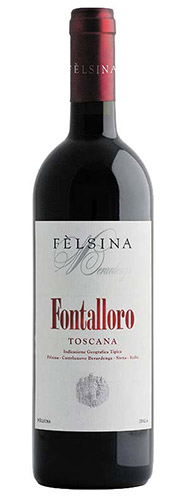
FELSINA FONTALLORO TOSCANA 2013
96pts Wine Enthusiast
“Gorgeous and soft, the 2013 Fontalloro is another landmark wine from this classic vintage. There is enormous intensity here and the wine is only at the beginning of its long aging trajectory.”
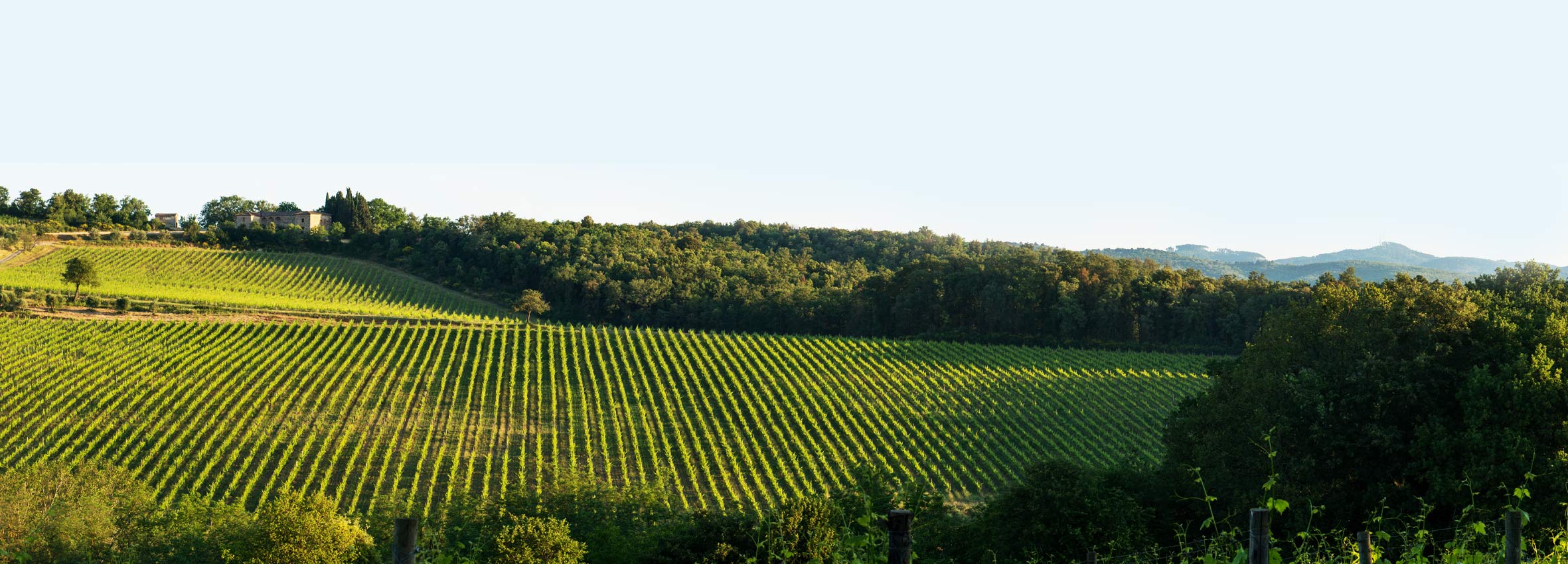
The series of small hillside farms…
knit together to compose Felsina’s estate lie son both sides of the border that bisects neighboring Chianti zones, Senesi and Classico. This two-headed Tuscan terroir – schist dominant “galestro” on the Classico side and fossilized “alberese” from the younger Senesi soils, is a distinctive feature of Felsina’s Sangiovese. Top wine Fontalloro is a composition of fruit from both sides (hence its IGT designation) while grapes for the estate’s famous single vineyard wine, Rancia come from a small hilltop site that contains both alberese and galestro soils rendering it a true two-terroir wine!
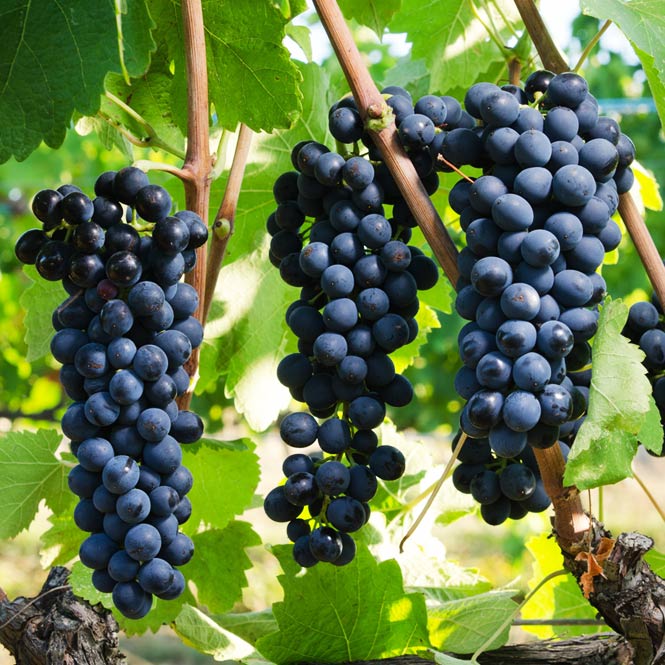

These epic wines are just part of the story at Felsina where Sangiovese enjoys a mono-varietal status.
No other authorized grapes are allowed in any of the estate’s Chiantis – ever! Chianti Classico Riserva in particular has been selected by the team at Felsina to showcase their expertise. It’s a simple formula crafted by leading Sangiovese consultant Franco Bernabei and Felsina godfather Guiseppe Mazzocolin to showcase the estates’ superb vineyard terroirs and astute winemaking.
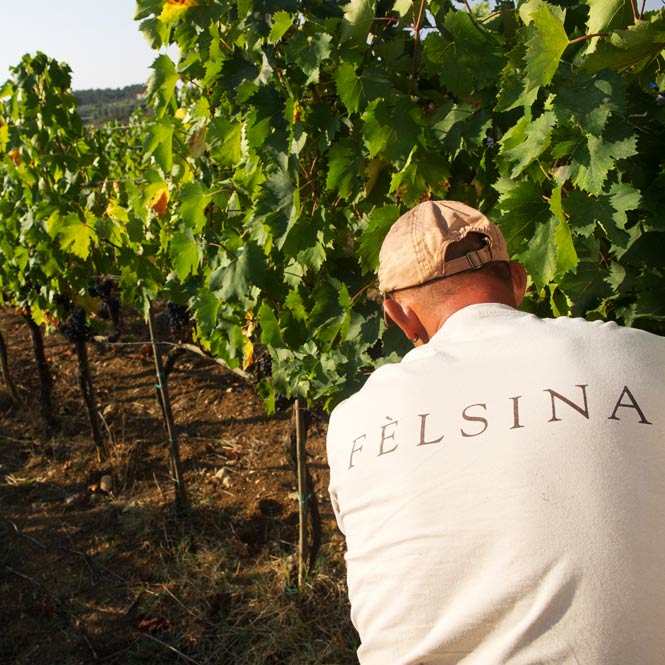
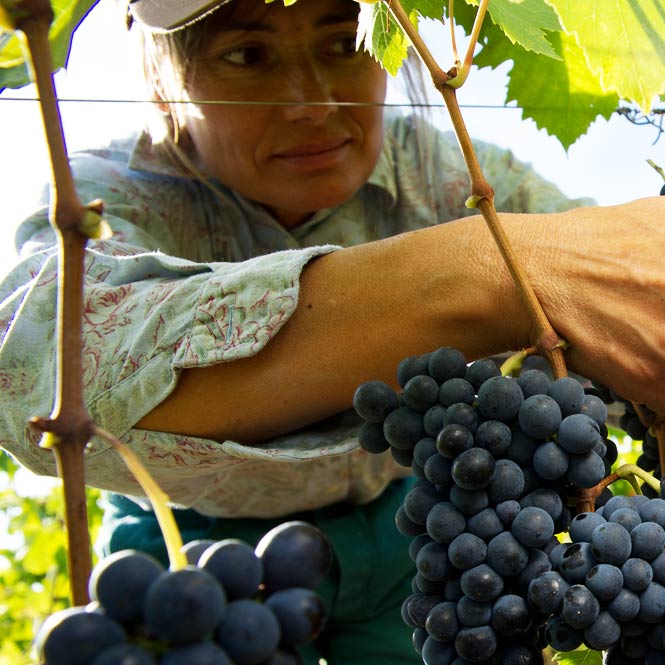
Chianti has come a long way in the last generation led by visionary estates like Felsina.
No longer a mere peasant wine best enjoyed in barns and stables, Chianti has found its way into contemporary kitchens and jumped to the top shelf where it belongs. Conscientious producers like Felsina have led the way. The current vintages of Classico Riserva are outstanding. The estate is at the top of its game and this summer is the perfect time to tap into its special Tuscan vibe. Like summer, Felsina is here for you.

Santadi – Seasons after seasons of unwavering quality!

2011 TERRE BRUNE CARIGNANO DEL SULCIS
94 pts Vinous
“Fully saturated ruby-red. Expansive, highly perfumed scents of raspberry, cherrycola, sweet pipe tobacco and potpourri, lifted by bright spice and mineral notes. Palatestaining flavors of red cherry, grilled herbs and exotic spices are complemented by delicate smoky minerality.”

CANNONAU DI SARDEGNA NORAS 2014
90% Cannonau and 10% Carignano. The wine is racked into 2nd-year barriques, where it matures for six months, previous to a further six months’ bottle age. Intense ruby red, verging on garnet with complex notes of ripe blackberries, blueberries, mellow spices, myrtle, tobacco and chocolate.
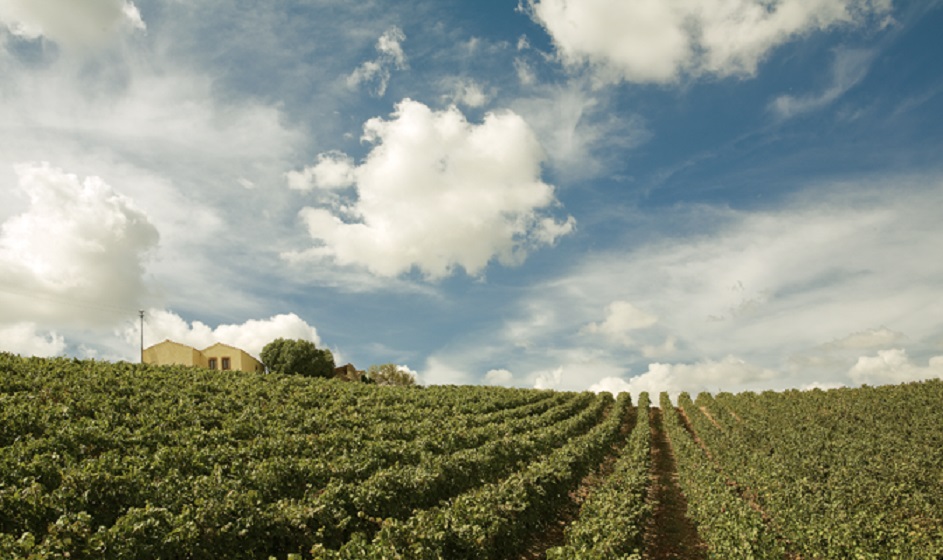
Since this is a summertime conversation and the topic is terroir…
We need to mention Santadi in Sulcis in southern Sardinia, a doleful, ancient land of scrub and sand dunes scattered along an irregular coastline shared by white beaches and gnarly rock formations. Among the pine trees and juniper bushes that the coastal lands are a smattering of vineyards, some as old as anyone can remember. These prephylloxera, centurion vines (some parent to contemporary plant material in nearby modern vineyards) are capable of snatching the essence of their terroir. In capable hands their grapes can make wines that are both unique and transparent. Santadi supplies the talented hands. Mother earth baked the terroir. The collaboration is a good one. Here are a few reasons why.
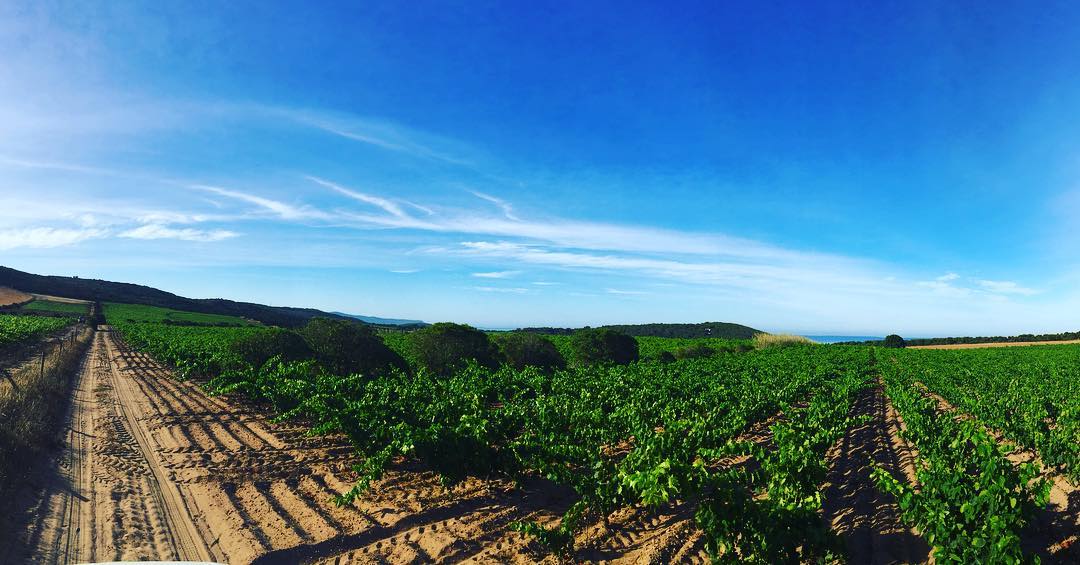
Santadi’s contemporary range starts with…
A popular Vermentino DOC, called “Villa Solais” (85% Vermentino and 15% local grape Nuragus) and is followed by three standout Carignan selections that define Cantina Santadi’s red wine range. The first, called “Grotta Rossa,” is a straightforward, stainless steel fermented 100% Carignan with abundant flavor and smooth textures. Small oak enters the picture with the middle red called “Rocca Rubia,” also 100% Carignan but from older, bush-trained, dry-farmed vines. The third wine, “Terre Brune” (95% Carignan and 5% local grape Bovaleddu) is the winery’s ultimate terroir expression from the estate’s oldest vines and best sites, picked intentionally late, cold soaked for two weeks and aged for up to 18 months in new French oak.
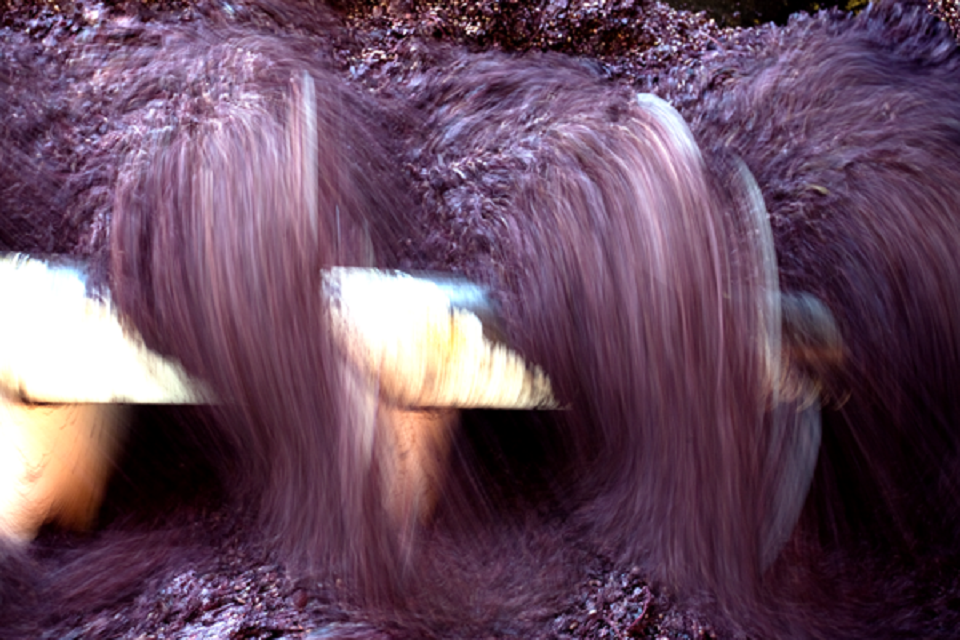
Two companion selections complete the red wine range.
Monica di Sardegna, an entry style red blend of two grapes – Monica and Carignano, both indigenous Latin varietals, is an authentic “peasant wine” with a rustic profile based on primary fruit. Stablemate “Cannonau di Sardegna Noras” is a more serious blend of 90% Cannonau and 10% Carignan from bush-trained vines. Cannonau, indigenous to Sardinia, is one of the Mediterranean’s true ancient varietals – the grape is over 3,500 years old. Santadi’s Noras is a “composition terroir” wine with a production of less than 3,000 cases.
Summer can be tricky time on the west coast where it seems no two summers are ever the same. But no matter what kind of summer we’re having, they all go better with delicious wines by your side. This is especially true of Italian wines. Summer just brings out the best in them. Why not take a tasty trip through your friendly neighborhood Italian terroir one-stop shop this summer. I’ve already drafted the shopping list. Cheers!
